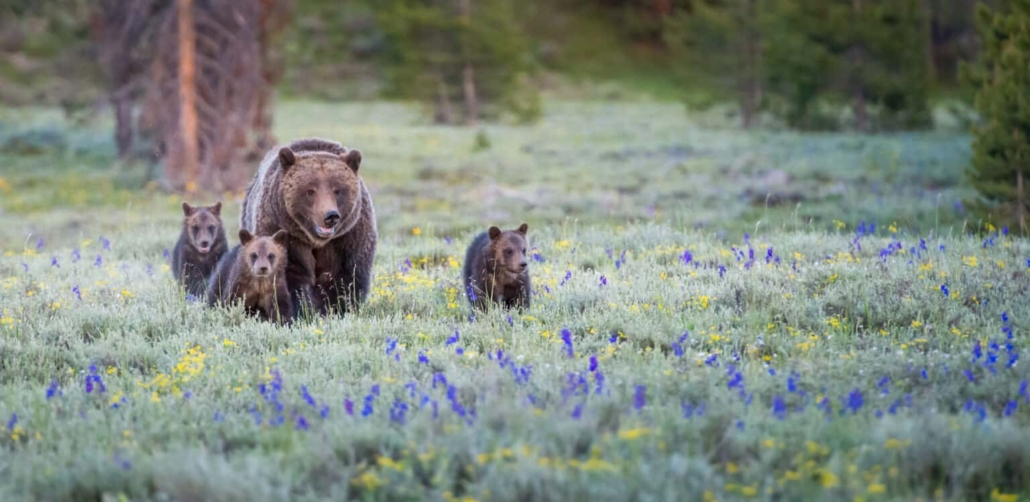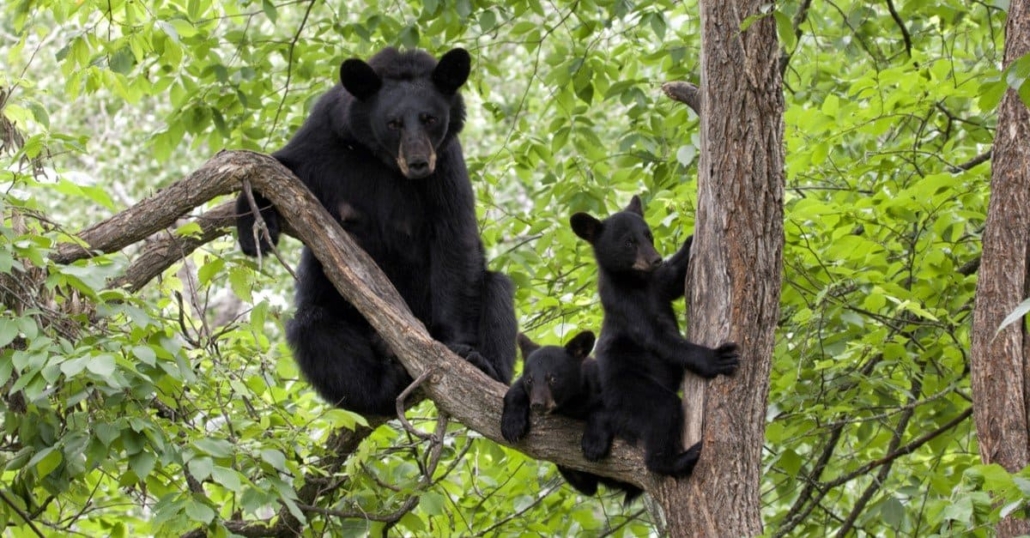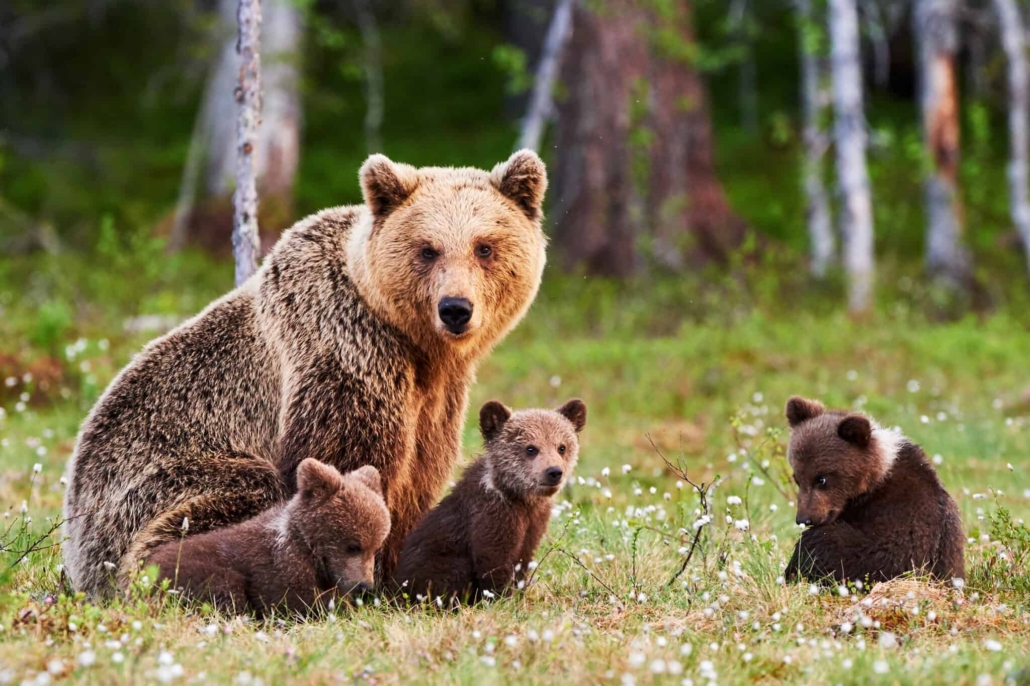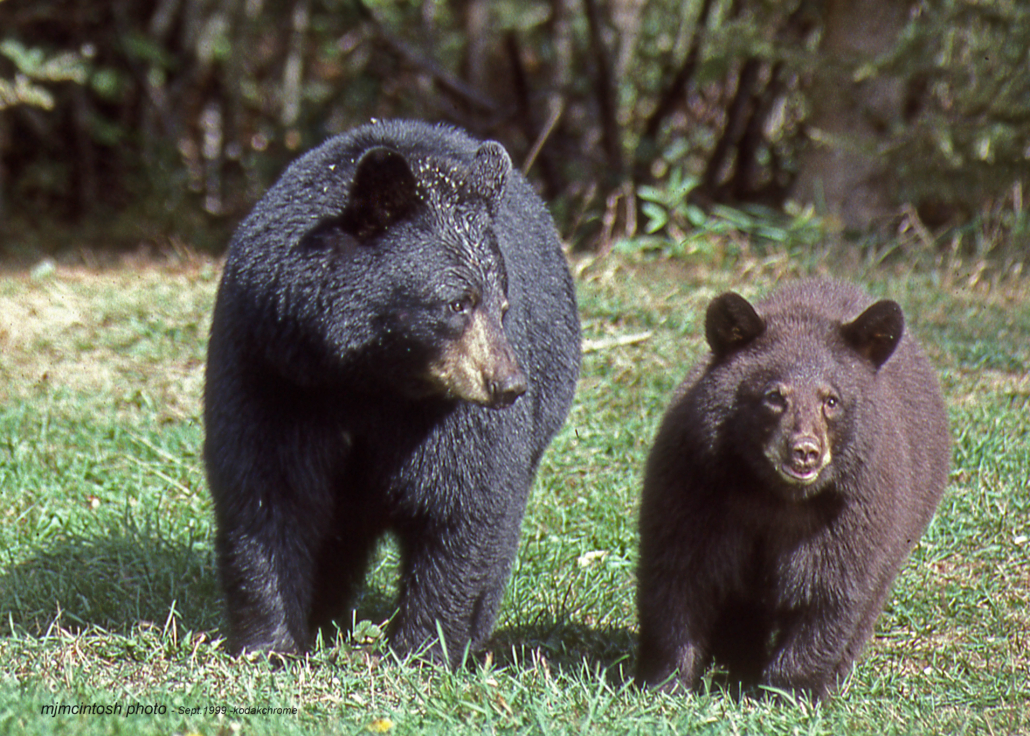Mommy Bear desired to discipline her rebellious youngster.

Information on bears:
Mommy bears are the most devoted bears in the animal kingdom. Bears are also swift creatures. They are intelligent and wild as well. But in this story, mommy bear just focused to train her misbehaving baby.

Not to mess with mothers:
We all are aware that messing with mommy bears (human mothers) is not safe. The point is not to mess with species of mothers. When one bear cub was not paying attention to his mother, he discovered that lesson. She pushed him to the safety of the wayside while holding him in her lips. Fortunately, the crew who recorded the brief clip remained in their car throughout the entire interaction.” Oh, she is mad,” the woman says. It is unclear if she has any of her kids. But if she does, she will likely be able to identify with this bear mama and understand how frustrating it is when a disobedient cub or young child simply would not listen. The man responds, “Yeah, she is trying to get him to follow.” We can infer from the way he says it that he has experienced trying to convince a little child to cross the road safely when they simply will not listen. He appears to feel for the agitated mother bear, but he is still perceptive enough to avoid getting in her way. The two occupants of the car remain inside as the bears cross the street and retreat into the woods.

Protective mama bear:
Some of the most devoted mothers are bears. Getting in the way of a mother grizzly and her cubs often results in fatal bear-human interactions. These loving parents will engage any other animal without hesitation to ensure the safety of their young. The cub in this instance was in danger due to his foolishness. The mother bear understood that it was not safe to stop in the middle of the road and that she and her cub needed to cross right away. That surely sounds at least somewhat familiar if you are a parent.

Try to avoid bears:
They are capable of 35 miles at top speeds! Want to stay safe from a bear attack? Simply avoiding them and giving them space is the best course of action. If you spot a bear nearby, watch it closely and take a cautious step back. You are probably getting too close to its cubs if it starts to pay more attention to you, rears up on its hind legs, or begins to charge.

Mama Bear and the silly cub:
Fortunately for these spectators, the mother bear’s fury was directed at the rebellious cub. The situation might have swiftly changed if they had gotten out of their automobile for a better look. Instead, they allowed her to re-enter the wild with her youngster in tow. It is not the first time bear cubs have found themselves in sticky situations. Mama Bear occasionally permits them to act goofy and play. She is had enough at other times.

Is it Common practice for Bears to Punish Their Cubs?
In general, bears make good moms and are renowned for being fiercely devoted to their young. But that does not mean that young cubs should not be punished just like other kids. Young bears need to engage in play fighting because it teaches them how to defend themselves as adults. But if a mother bear does not like what is happening, she will take whatever action is necessary to stop her young and safeguard them from outside threats.

What Litter Size Do Black Bears Normally Have?
Black bears typically have two or three cubs at a time when they give birth. They often give birth in January or February after a 220-day gestation period. It is important to note that the cubs’ coloring may differ from that of their mother because black bears have occasionally been observed with brown, cinnamon, or even white fur. Experts claim that they are more likely to have triplets in areas where food is particularly plentiful. For instance, it is thought that the eastern half of North America, as contrasted to the western parts, is more suited to multiple births.

What happened in 2007?
They can, however, have more children. Tom Sears discovered a litter of five kittens in 2007, and all of them made it through the first year. This remarkable feat of survival was ascribed to the plentiful food supply in the area. Though claims of seven were made by a New Jersey resident in the spring of 2016, the largest black bear litter ever recorded is six in Pennsylvania.

Where do black bears live?
In the forests and mountains of the Pacific Northwest, black bears are rather prevalent. However, sometimes their journeys take them across roads and highways. Typically, you can find them in the Canadian and Alaskan mountains, the Rocky Mountains, and other parts of the upper Midwest.

Black bear lifespan: How long do they live?
Up until the age of seven, male black bears will keep growing. Growing may slow off a little earlier in females. Bears can live for up to 25 to 30 years, while most wild animals typically only survive for about 10 years. Bears in captivity are known to live incredibly long lives.



